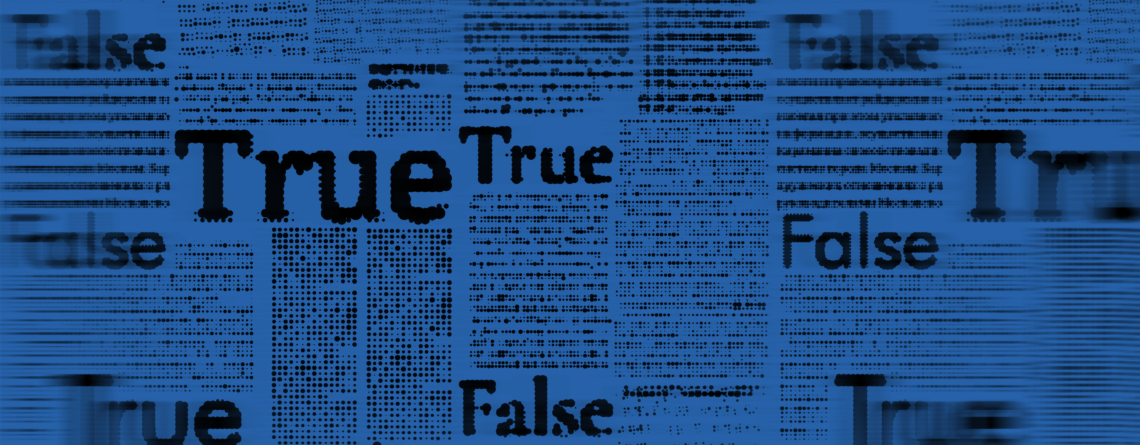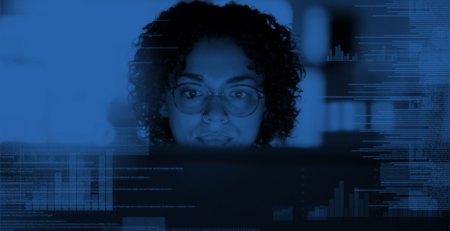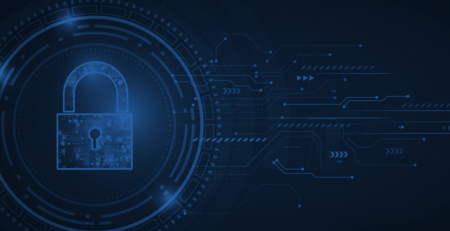Understanding and Identifying Misinformation
When you’re conducting OSINT research, it’s important to be aware that not all information you find is as accurate as it may first appear. The internet contains a potpourri of facts, information, and real news—and unfortunately, quite a bit of misinformation as well.
Misinformation is incorrect or misleading information, that people spread without the intent to mislead. The concept of misinformation is not new. You can find it mentioned more than 100 years ago in the 1890s when fake news came out in newspapers during political campaign seasons. Since then, many people have unknowingly spread rumors or false information that were touted as facts.
Today, instead of spreading a rumor or incorrect piece of information person-to-person or community-to-community, it is done via the internet, where it can spread like wildfire.
How Misinformation Spreads Quickly
We are all connected, all the time. Anyone with a smartphone can post a “news” article on a social media platform and instantly share it with thousands of people. This can be both positive and negative. The problem occurs when people share and reshare this so-called “news” that may not have been verified.
In today’s technologically advanced society, misinformation is more dangerous than ever because it can spread quickly around a community, a state, a country, or even around the world. After it is shared and reshared, this misinformation masquerading as facts can potentially receive hundreds, thousands, or even millions of likes and reshares in minutes.
The use of generative artificial intelligence to produce fake news articles, images, and videos has exacerbated the vast spread of misinformation online. This fake information takes hold in the online environment and can rapidly spread through social networks and media. It can be just as damaging as the misinformation that some organizations mistakenly release.
Even if something was posted by an actual news organization, they too can make mistakes and post misinformation. If they post about events and “facts” without researching or verifying their sources. These organizations often wait until later to post corrections. At that point, the damage can already be done.
Ways to Identify It and Prevent It from Spreading
You may feel like identifying misinformation is a daunting task, because the news that you read looks like it is being posted by a real news outlet or source. It’s hard to know who to trust. There are ways to identify it and prevent it from spreading. Here are a few tips:
- Pause: Before you share or like, pause. Wait to see if this information is correct. The first reaction by any news outlet may not always be the accurate one. Refrain from sharing new news articles on impulse.
- Check and recheck your sources: Determine if the news is coming from a major news outlet. Then, even if it appears to be a major network that you are familiar with, check other major news outlets, or international sources, to verify before thinking about sharing it with others.
- Check your motives: Sometimes we react to news and let our own bias influence us. Before you instantly share an article, check your motives to see if something is even true or if you merely want it to be true.
- Be aware of news generated by or containing artificial intelligence (AI): Try to identify if information is being posted by an AI bot or if a photo or video is a deepfake or other non-authentic source; look for inaccurate details in the media. Read more about this topic in one of our previous blogs about how to identify a deepfake. For further learning on the subject, we offer our customers a course on identifying deepfakes in the Academy Learning Center.
Why It’s Important to Identify Misinformation
It is important to try to identify misinformation because it can have devastating effects when left unchecked. If you believe misinformation, you may make decisions based on it. This can have a negative influence on many aspects of your life or the lives of people in your community. For example, believing and sharing misinformation can lead to affecting:
- Political decisions: If you read inaccurate political information about campaigns or political figures, it may sway the way you vote.
- Health decisions: You may read fake medical advice or information and then make important health decisions based on it.
- Individual or group reputations or perceptions: Misinformation may lead you to falsely accuse people, governments, or groups of actions or behaviors that are not true. This can have lasting effects and negatively impact their reputations or your perceptions of them.
- Financial consequences: You may read false financial advice and make decisions based on that misinformation.
Just the Facts: Be Part of the Solution
We live in an instant information age where news appears on our phones, watches, and laptops every minute of the day. It’s easy to read and share that information and post it to our friends, families, and online followers. It can be difficult to pause, research, and reflect before acting. But it’s in that pause that you can discern the truth and have time to think before you share an article, video, or image. You can choose to be part of the solution instead of part of the problem. If you learn to take the time and effort to differentiate between fact and fiction, you can help slow the spread of misinformation online.









